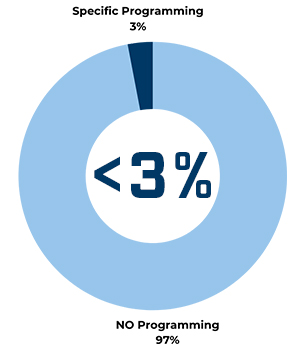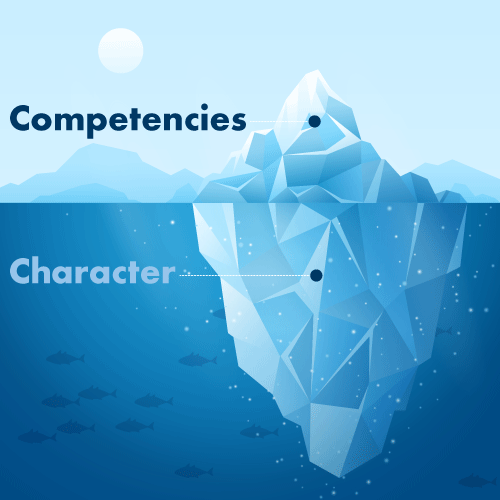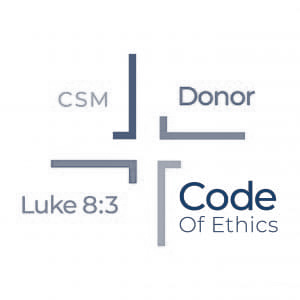Landmark Christian School has set a pretty audacious goal for itself: to become the best incubator for Christian leadership development in a school setting on the planet.
At first, this goal might seem pretty straightforward, but upon closer inspection, some questions begin to emerge. First, what is leadership development? Second, how does a school go about developing leaders?
A study conducted by ACSI a few years ago revealed that while 97% of Christian Schools expressed an intent to develop leaders, whether in their admissions materials, on their website, in the target graduate profiles, or in their school purpose statements, few than 3% of Christian schools actually had specific programming beyond Bible classes aimed at doing so.


Why this disconnect? I don’t think it’s necessarily that the majority of these schools didn’t actually care about leadership development, nor is it that they weren’t graduating some great leaders. Rather, I think one of the underlying issues is that most school leaders haven’t really thought much about what they actually mean by leadership development. They don’t have a clear definition of what it means, therefore, they don’t have a clear target. Without a clear target, it’s hard to determine if you’re really headed in the right direction.
As the Cheshire Cat said to Alice when she asked for directions without knowing where she wanted to go, “Then it doesn’t much matter which way you go.” Any road would do.

With that in mind, we’ve developed some working definitions and common language that we use at Landmark to help us hone in on what we mean when we talk about developing leaders.
For us, our definition of leadership development is pretty simple: building leadership capacity. But that begs the question,
“What, then, is leadership capacity?”
We consider leadership capacity to be one’s ability to inspire change across a broad array of relationships and environments.
Leadership is about bringing about a change that moves towards a preferred future. But notice that in our definition, we’re talking about the ability to inspire change. It goes beyond mere coercion and force. There’s more of a healthy, relational aspect here.
Speaking of relationships, this ability to inspire change varies within different relational dynamics and in different environments. The various combinations of relationships and environments are functionally infinite – too many to count – and they are dynamic – constantly changing. In the face of this reality, there is a need for leadership capacity to be build in a way that is transferable across this dynamic range of relationships and environments.
To do this, we focus on building a foundation of character and honing transferable skills. The relationship between these two domains – character and skill – is important to understand.
At Landmark, we use the image of an iceberg, an image that we borrowed from Tim Elmore, to describe the relationship between the two.
When considering an iceberg, it’s notable that the bulk of the iceberg’s mass is below the waterline. Even though you might not be able to see it under the surface it certainly matters. After all, it’s what provides the buoyancy to keep the iceberg afloat. And it’s also what might cause the most damage if it were to collide with an unsuspecting ship.
This mass below the surface represents one’s leadership character. One’s fundamental mental and moral constructs that provide direction for leadership. Character can keep you afloat, or it can sink ships.

Above the surface we have specific competencies or skills. These are obviously more visible. These are the skills of leadership, and they are often widely transferable between different relationships and environments. Skills like communication, organization, problem solving, leveraging diversity, accountability, time management, learning and adaptability, can be used largely anywhere.
Leadership capacity is built by building a foundation of character and honing the types of skills that give one the ability to inspire change in others.
At Landmark, we do this with intention, again building descriptions around targets for both the specific leadership skills and character we are trying to help students develop.
Stay tuned for future posts to learn more!





